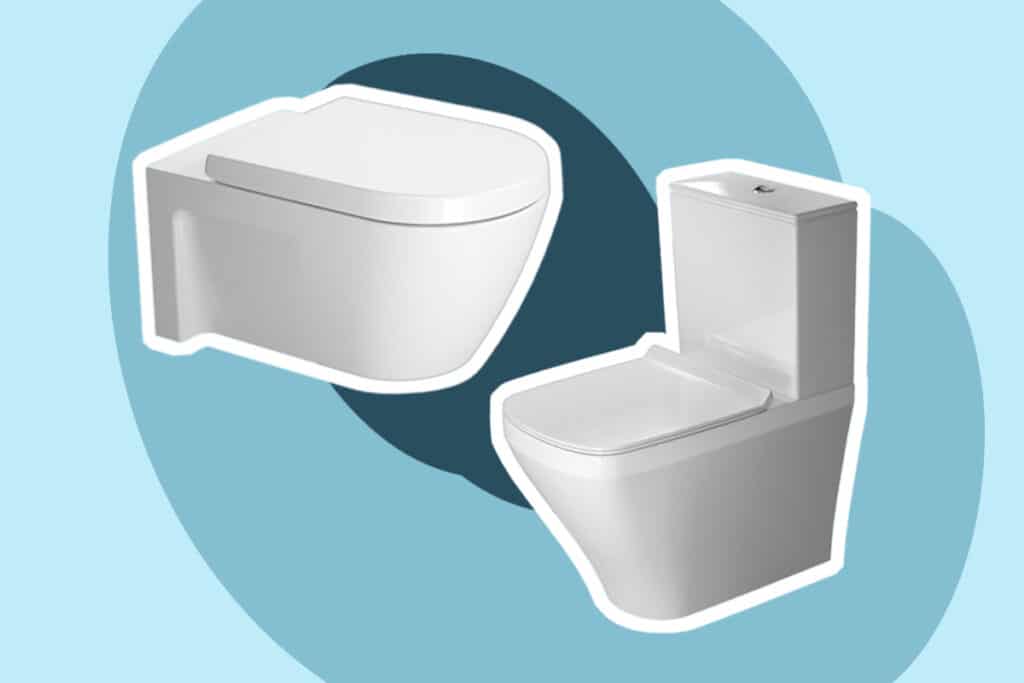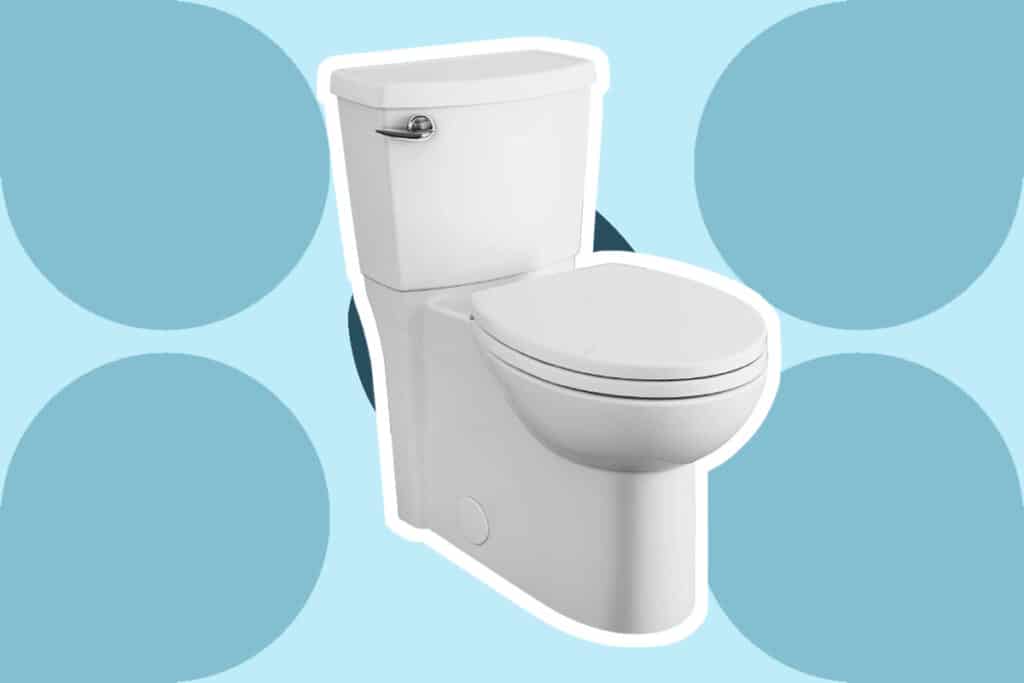

The last thing you will want to pay attention to is your toilet, so it’s important to learn the types of flush systems Trusted Source Flush toilet - Wikipedia A flush toilet is a toilet that disposes of human waste (urine and feces) by using water to flush it through a drainpipe to another location for disposal, thus maintaining a separation between humans and their waste. en.wikipedia.org toilets have. Some companies claim that you will not have any difficulties with your flush system and that it will not require major maintenance or replacement. We will help you learn the truth about these systems in this article.
Knowing the type of toilet flush system your toilet uses will help you as a toilet user to better utilize the toilet. Also, knowledge of the best toilet flush systems we have will influence your choice of getting a toilet installed. It means that with adequate knowledge, you will make the right decisions on the type of flush system suitable for you.
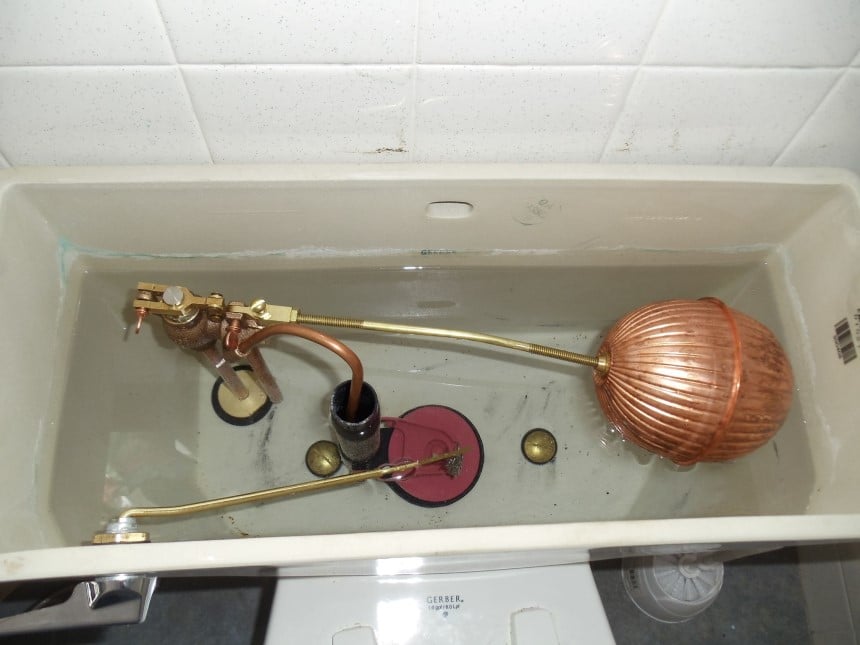
Pros
Cons
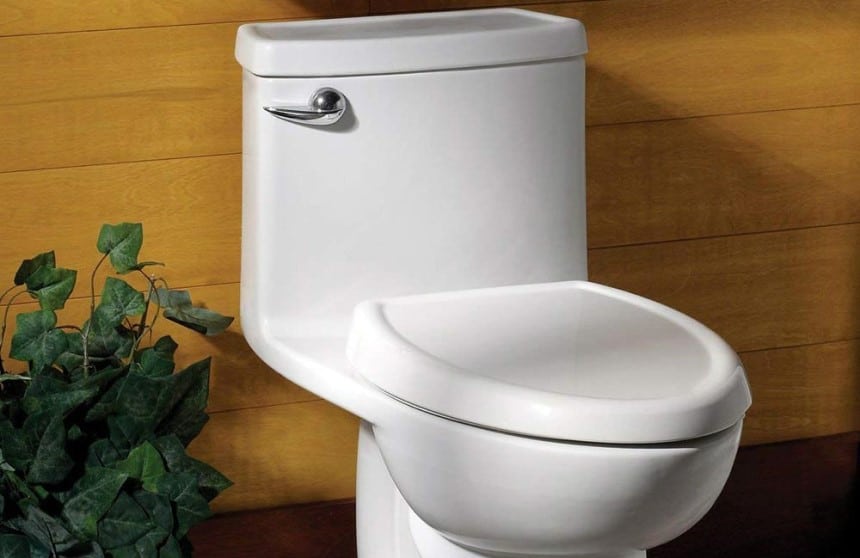
Pros
Cons

Once you pull the flush lever, air fills the flapper and causes it to float. This allows water to flow from the tank to the toilet bowl.
Once the water level in the tank drops, the flapper will not be able to return to its initial position. This allows the tank to refill, thus, preparing it for the next flush out. Advancements have been made, and new versions of the flapper flush are now available. One of which includes the dual flush system.
Pros
Cons
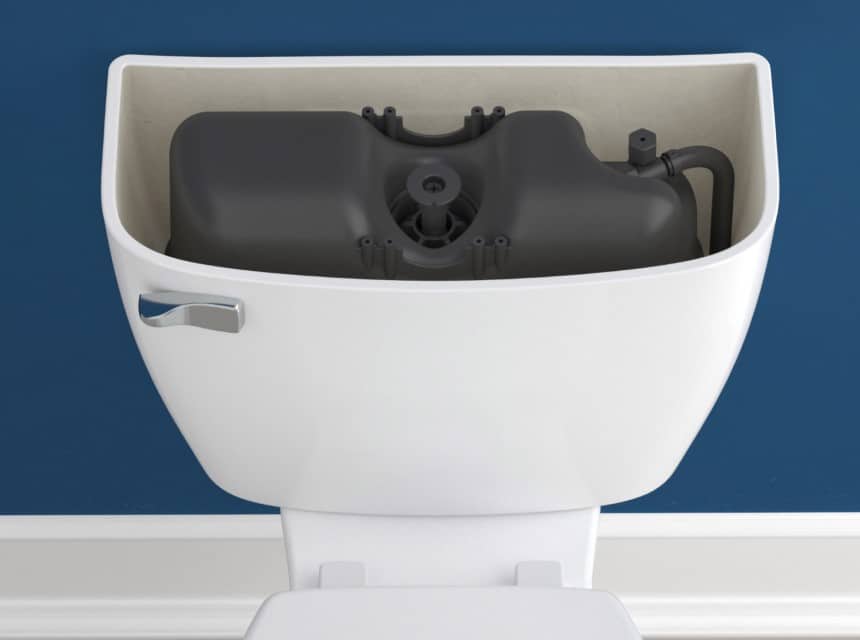
This mechanism begins when you press a lever or a button. This releases the pressure (air) that has been accumulating when water entered the tank. Once the pressure is released, water enters the bowl with great force and clears all the waste at once. An excellent choice of a pressure-assisted flush system is Kohler K-3493-0.
Pros
Cons
Just like the ballcock flush system, the gravity flush system is one of the oldest and commonly used systems. This flush system works by inducing flush pressure by applying water. This pressure forces the waste content in the toilet bowl out. After flushing, a siphonic effect ensures that no waste is trapped by completely clearing the bowl before refilling it with water.
Pros
Cons

One major advantage of this toilet type is that it creates a powerful siphoning action resulting in an efficient flush. Although basic, the double cyclone flush stay uses gravity flush mechanisms during the siphoning process.
Pros
Cons
Dual flush systems are specially made to handle solid and liquid wastes separately. The ability of the flush to treat liquid and solid wastes separately is dependent on the button you press. Some dual toilet flush systems have two buttons. An excellent example is the American Standard H2. Each button indicates the one for flushing liquids and the one for flushing solids.
Some dual-flush systems have just one button with both rights and left sides marked for different flush purposes. (For instance, left side for liquids and right side for solids). The idea behind the dual flush system is to conserve water. Liquid wastes do not require much water and pressure to be flushed, while solid wastes need much water and pressure (force).
Dual flush systems are designed to suit the type of waste in the toilet bowl.
Cons

Pros
Cons
The Rear toilet flush systems are not so common as others to let flush systems but are generally used in areas with lesser spaces. This type of toilet flush system is mostly used in environments where the toilet doesn’t have a tank. It has a very modernized look because all the fixtures and plumbing are hidden away from sight.
Pros
Cons
The best type of toilet flush system depends on you. It depends on what you want, need, and the way the bathroom is set up. For instance, if you do not have so much space for a toilet, you will want to opt for the rear toilet flush system. In as much as the aim of the toilet flush system is achieved, which is to empty the tank content into the toilet bowl to get rid of waste. We still advise that you opt for a good flush system that is powerful and one that recovers in good time.
The flapper flush valve toilet system, for example, requires a significant duration of recovery time to refill, which can wreak havoc in a full house and a busy home. Also, a noisy toilet flush can become unpleasant to the ears, as found in the pressurized toilet flush systems. We would opt for gravity forced toilet flush systems because they are very effective and are not noisy.
Your toilet needs more attention than the general toilet cleaning. It means that if you notice that your toilet doesn’t flush as effectively, then there is a need for improvement. The main question is, how do you know when you need to improve your toilet flush? The moment you notice that your flush is not getting rid of the waste in your toilet. Here are four techniques to try out to improve your toilet flush:
Clearing clogs is an easy technique that is accessible by almost anyone. First, pour a bowl of water, approximately a gallon, into your toilet. Use the water to flush your toilet. As you flush out, notice if there are struggles. If there are struggles, use a plunger to clear the clog. This technique only works for partial clogs.
Another easy technique to check out. The water that comes out of the toilet tank through the toilet rims helps keep the toilet bowl clean. However, these rims can get clogged due to the accumulation of minerals in the water. To clear the clogged rims, brush the insides of the rim to remove any material or mineral deposition clogging the rims.
There are two ways to do this. The first is to use vinegar and baking soda. For this method, measure equal amounts of baking soda and vinegar. Pour the mixture into the toilet bowl and use hot water to flush the toilet. Once you hear a fizzling sound, then the clog is cleared. Flush once or twice to confirm that the clog is cleared.
The second method is to pour four cups of white vinegar into the toilet tank and allow it to soak for a while. Flush the toilet after. Vinegar is a useful household ingredient that works for numerous things. Aside from its popularity as a cleaning agent, it is a very effective ingredient for unclogging toilet flush systems.
Replacing pipe should be your last resort if none of the techniques listed above are working. It means that your toilet flush system is probably due to some pipe replacements.
It is not something you can do on your own if you are not a professional or have no experience. Get an expert to inspect your toilet flush systems and replace the pipes if needed.
Learning about toilets and the various types of toilet flush systems is very important. This article guides you through the functions, the pros, and the cons of each toilet flush system and how to improve your toilet flush system. A subtle reminder is that we advise that you go for a gravity flush system. It is a very effective type of flush system. It gives the best performance without making noise about it.
